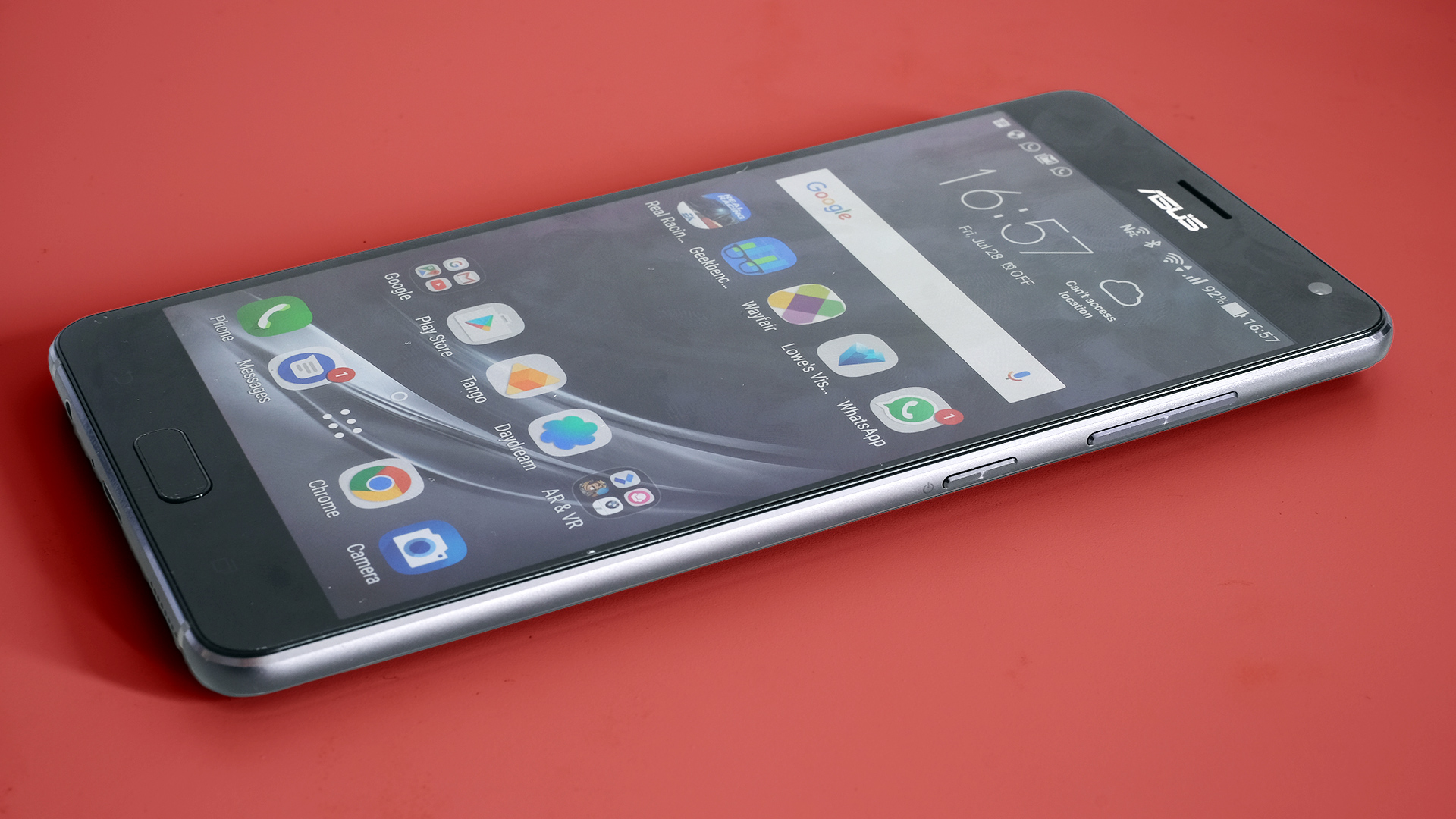Why you can trust TechRadar
Verdict
A few months ago, we couldn’t have imagined spending this much money on an Asus phone. It’s still a stretch.
The phone has some of the hardware needed to justify this kind of expense, but not quite enough, and the design is just a little too plain. It’s an early adopter AR tax, the price you pay for a smarter tri-sensor array on the back.
It hasn’t doubled the price, but has clearly been used as an excuse to let the cost skyrocket. We’d advise waiting a bit longer until this subsides as smarter cameras like this will soon become the norm. And nice as the Zenfone AR is in almost all respects, it’s hard to see as anything but very expensive.
Despite some neat touches, the Zenfone AR doesn’t have the luxury design, the water resistance or class-leading elements beyond its AR capabilities, which are a work-in-progress in software terms at present.
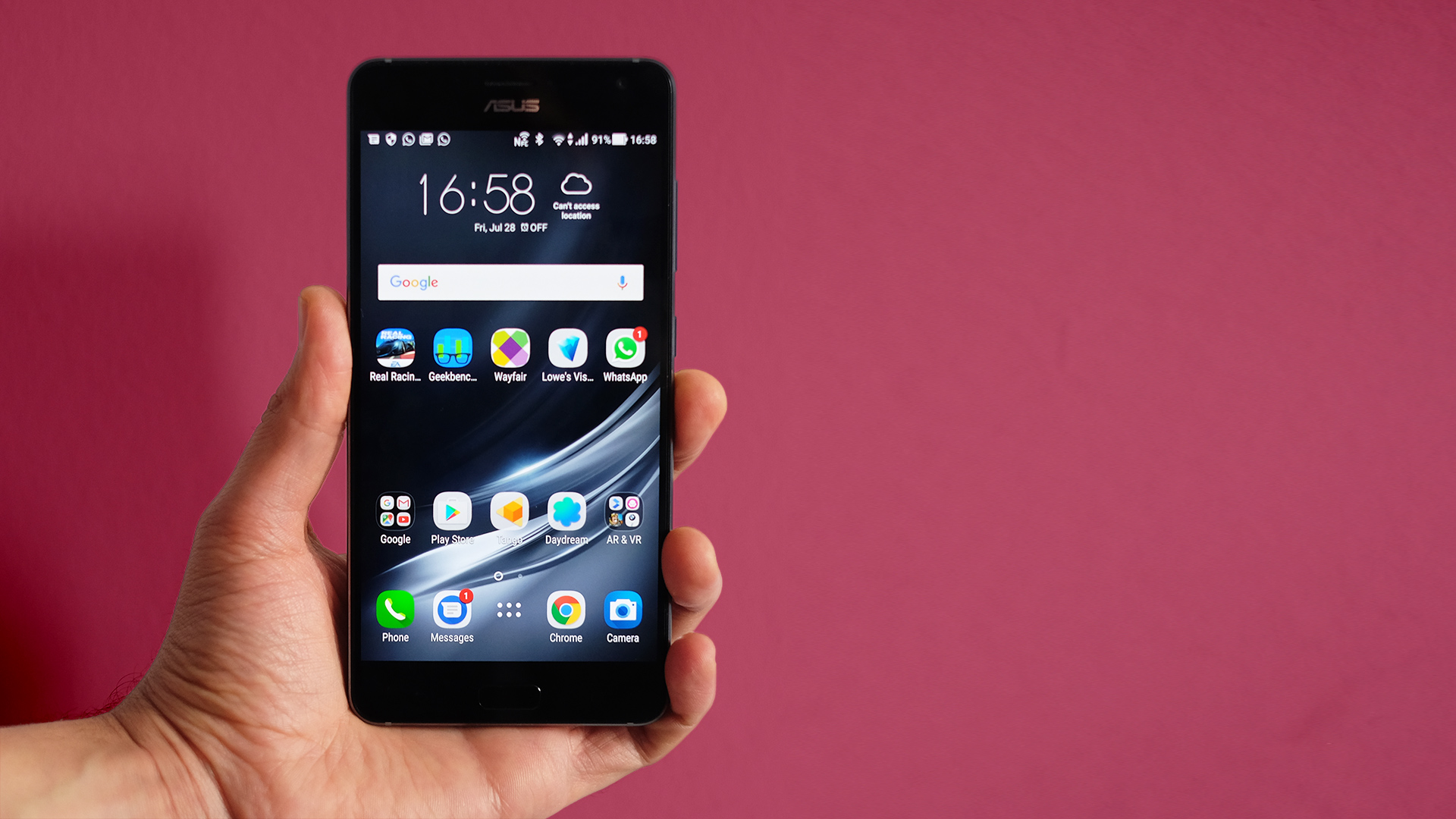
Who’s this for?
The Asus Zenfone AR is for people who want to get on the mobile VR/AR bandwagon now, those who feel a shot of pain every minute they’re even a little behind the curve.
Should you buy it?
At the price we’d recommend buying the Samsung Galaxy S8 Plus instead. However, if you’re desperate to get on board with AR, this is one of your only options at the time of review.
There isn't much similar to the Asus Zenfone AR, but there are plenty of high-quality, high-end phones, such as the following four.
Samsung Galaxy S8 Plus
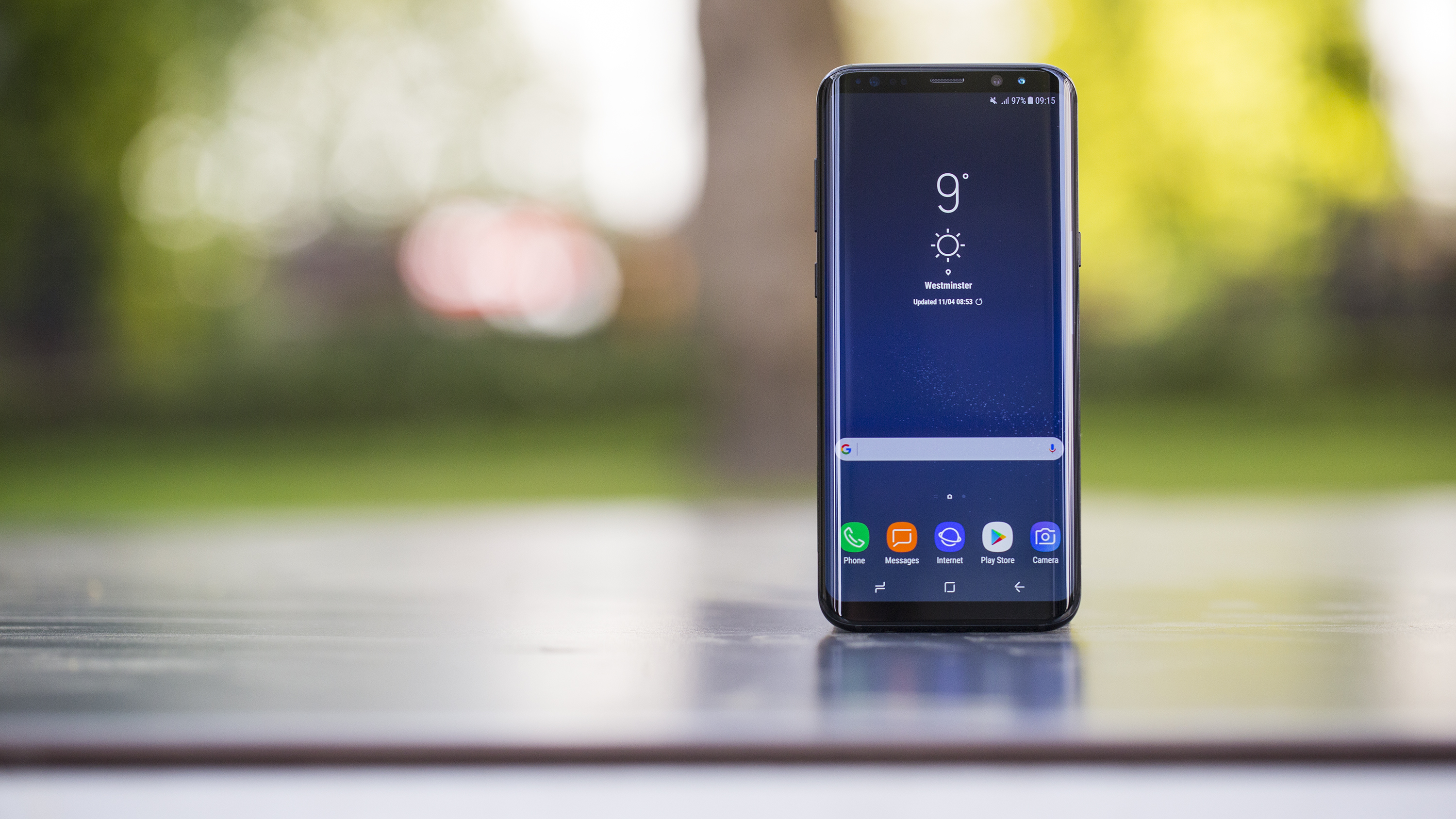
Can the Asus Zenfone AR really compete with the big daddy of Android phones, the Galaxy S8 Plus? Not really.
The ultra-slim surround, ultra-widescreen Samsung is still the phone we’d pick at the price. OK, it doesn’t have a Tango AR-ready camera setup and didn’t launch with Daydream support.
However, it is more powerful — US or UK version — better-looking and has a slightly better camera.
- Read our full Samsung Galaxy S8 Plus review
Google Pixel XL
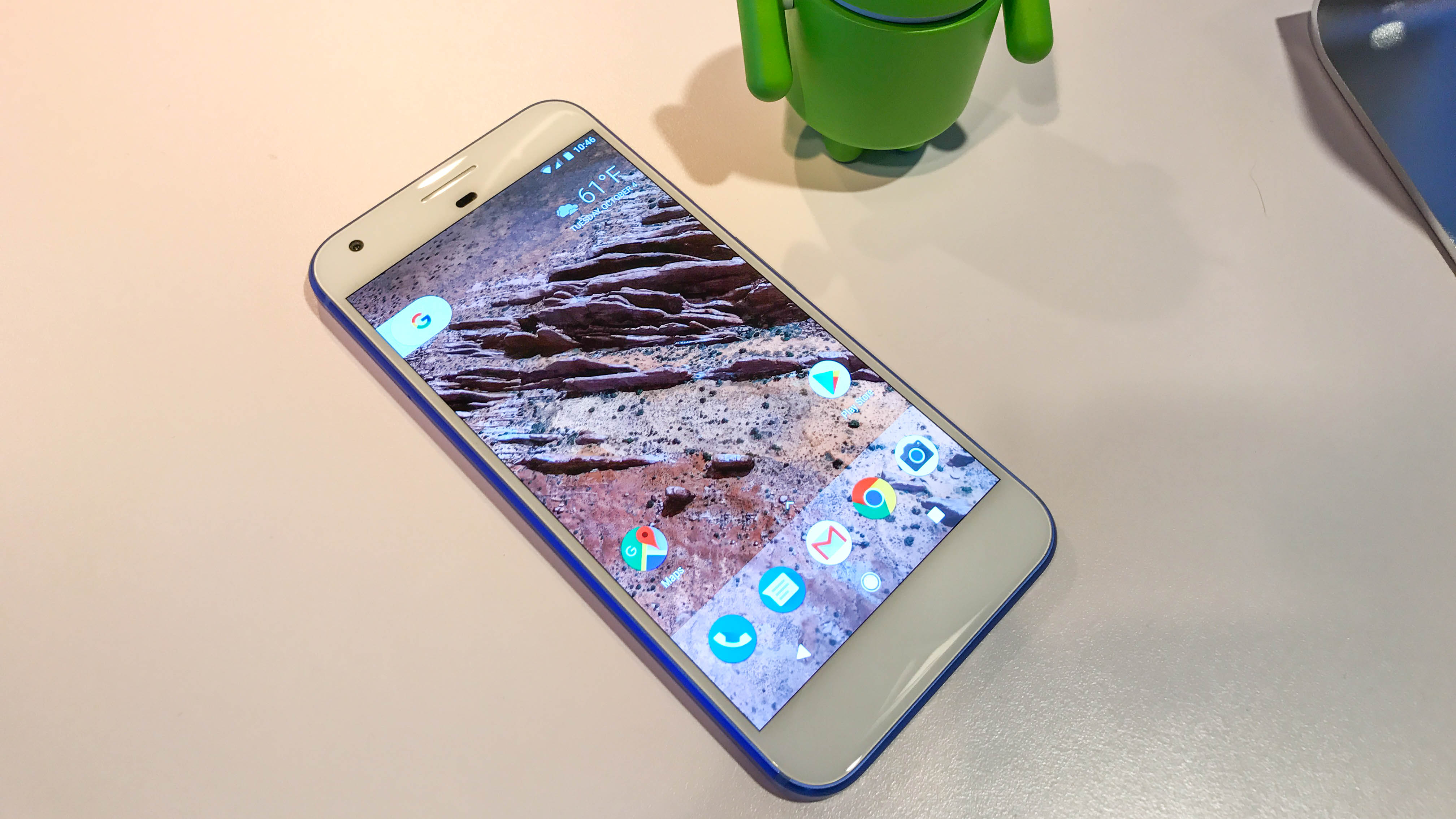
One of the few phones that can make the Asus Zenfone AR seem like a good deal, the Pixel XL was, and is, a very expensive mobile. It also shows how passé the Asus’s CPU is, as it has the same one and was released almost a year earlier.
The Pixel XL has aged well in other ways too. Despite having a much lower-res main camera with no OIS, its daylight image quality is fab. And the selfie camera is still very hard to beat. The Pixel XL doesn’t have AR tango support like the Asus, but does support Daydream.
- Read our full Google Pixel XL review
Huawei Mate 9 Pro
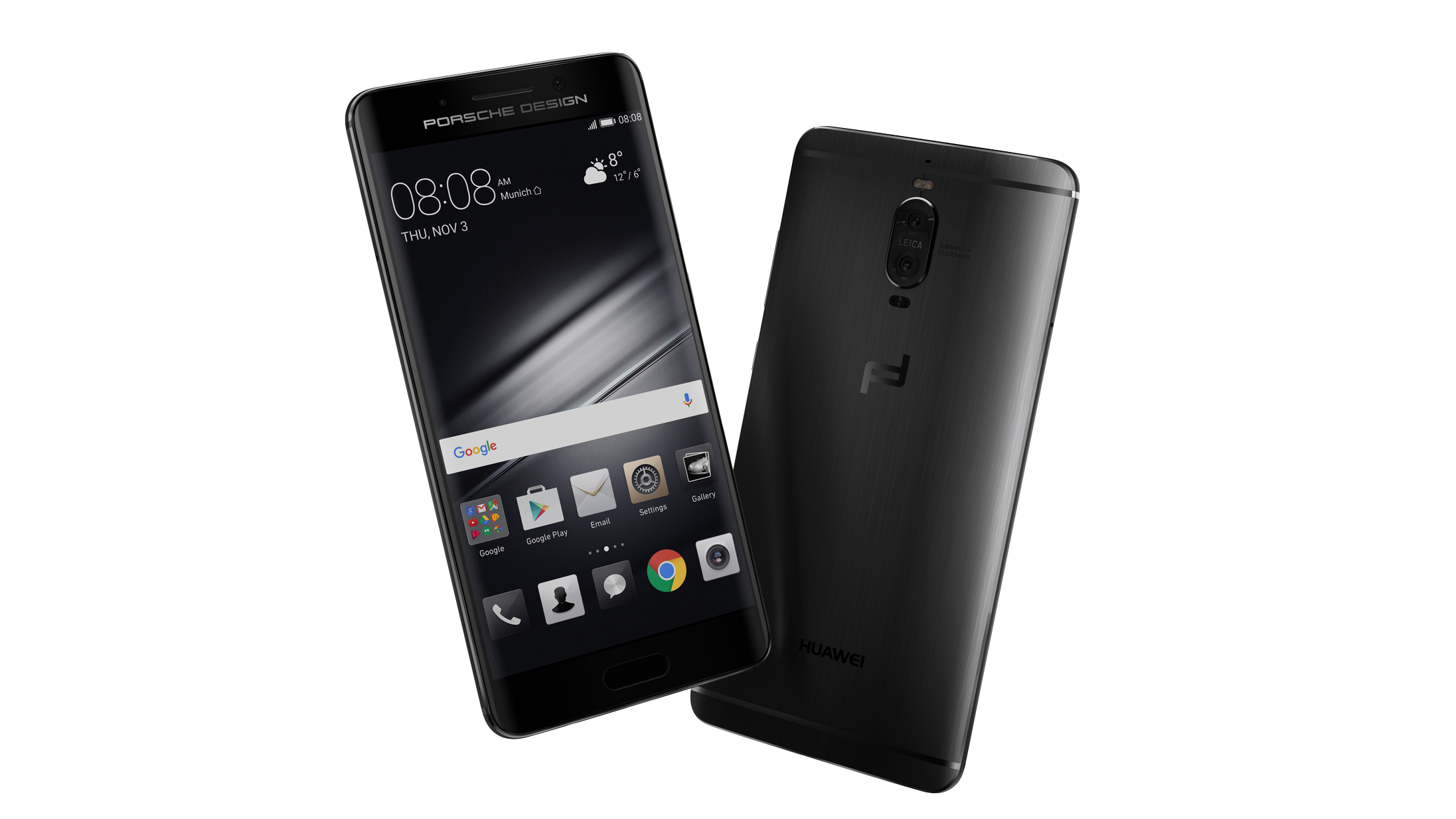
The epic version of the good old Huawei Mate 9, the Huawei Mate 9 Pro is not easy to get hold of, but it’s a phone and a half. It has a 1440 x 2560 OLED screen like the Zenfone AR, and a curvy front the Asus should be jealous of.
This phone is basically a de-branded version of the Huawei Mate 9 Porsche Design, which costs well over £1000/$1000. The main thing it lacks is the AR-ready camera array on the back, with a ‘puny’ two cameras.
Anyone remember when we were perfectly happy with one camera on the rear of a phone? At a bit less than the Asus, it’s a phone you should consider if you’re here for VR rather than AR.
Sony Xperia XZ Premium
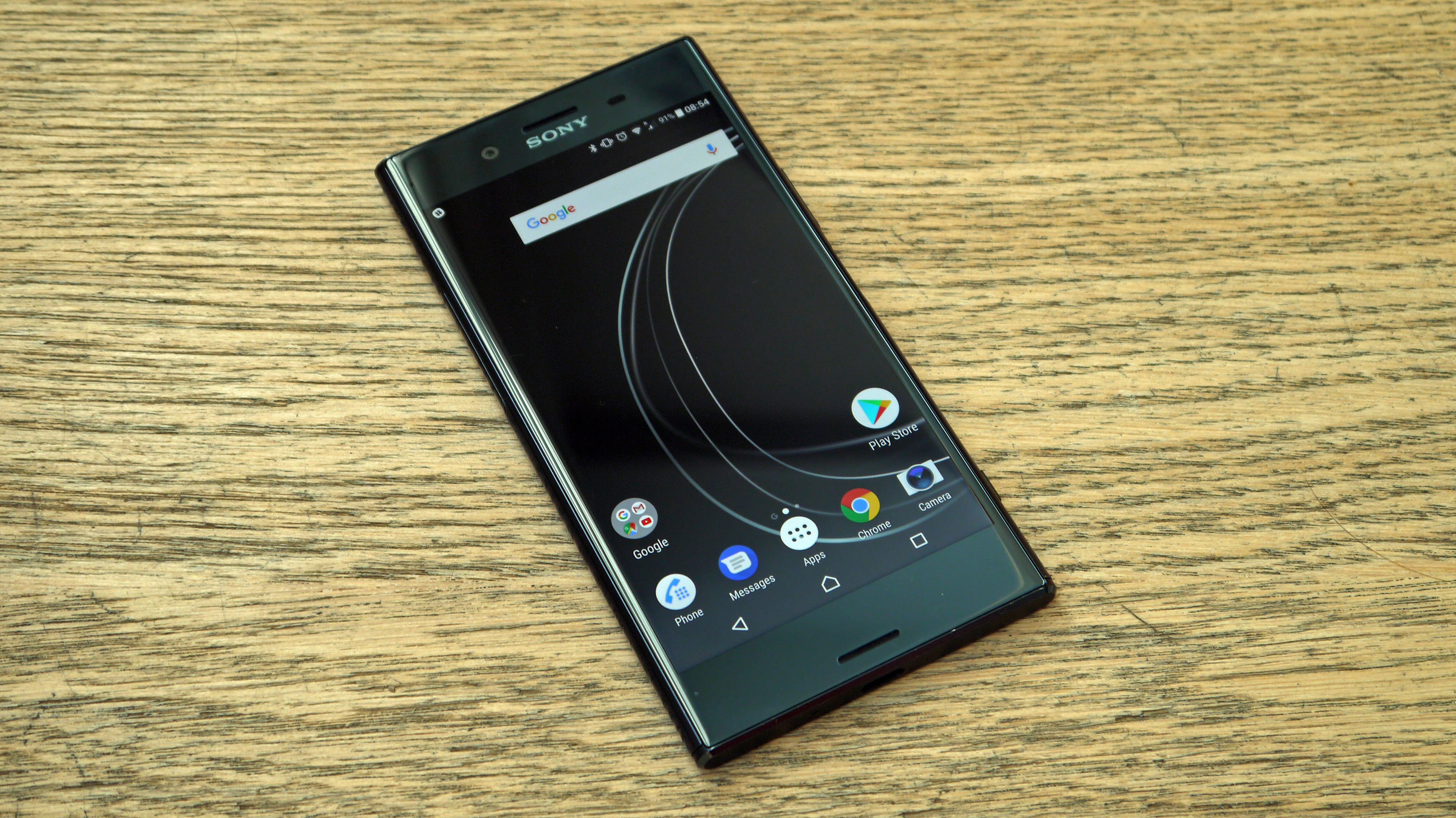
You might imagine the XZ Premium would be a great phone for virtual reality as it has a 4K-resolution screen. However, it’s a lesson in why no VR headsets use LCD displays. Motion blur will leave you feeling ill in minutes.
Other than that, though, the XZ Premium is a worthy adversary. They both have high-res cameras and the Sony can shoot incredible 960fps slo-mo video. It also has a faster Snapdragon 835 CPU, the chipset the Asus ‘should’ have had.
- Read our full Sony Xperia XZ Premium review
First reviewed: August 2017
Andrew is a freelance journalist and has been writing and editing for some of the UK's top tech and lifestyle publications including TrustedReviews, Stuff, T3, TechRadar, Lifehacker and others.
